
Robohub.org
Robohub Digest 01/17: New year, new perspectives and forecasts for the year ahead in AI, machine learning and robotics
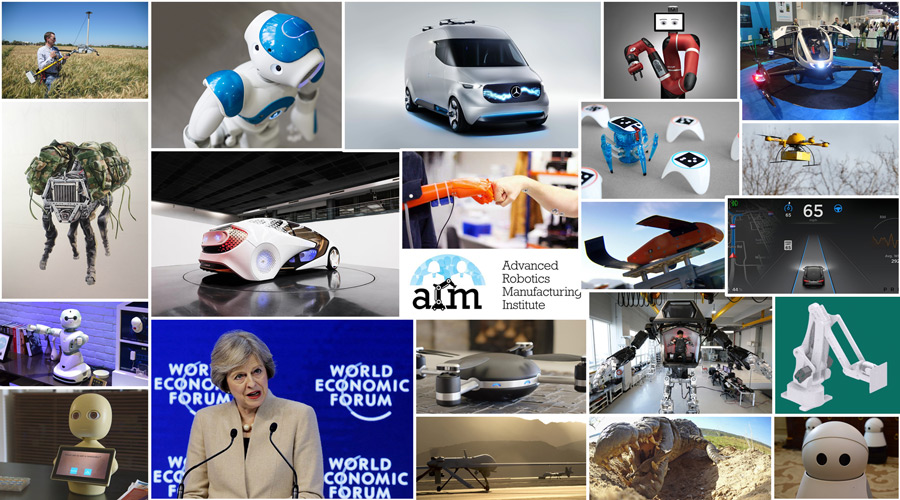
A quick, hassle-free way to stay on top of robotics news, our robotics digest is released on the first Monday of every month. Sign up to get it in your inbox.
New year, new perspectives
2017 ushered in a new batch of fresh-faced game changers, celebrated in the Forbes 30 under 30 list. Amidst the bright young shakers and innovators, some interesting trends in robotics, AI, intelligence energy storage, and automation shone through. Hint: watch out for connected/smart consumer goods, advanced manufacturing, and AI in 2017.
Meanwhile, the World Economic Forum (WEF) annual meeting convened on the 17th of January in an attempt to set the course for 2017, and to address issues of responsive and responsible leadership. World leaders, academics and titans of industry converged on Davos to muse—amongst a plethora other issues—the role AI, cyber security, drone warfare and the role of humans in the fourth industrial revolution.
The WEF weren’t the only ones attempting to comprehend the fast-evolving technological landscape. The Legal Affairs Committee urged the EU Commission to put forward new rules for the robotics sector—for example, compliance with ethical standards and liability for accidents involving driverless cars. And across the pond, a New York Times article imagined how robots and automation might reshape the US manufacturing sector, and potentially impede President Trump’s endeavour to bring jobs back to American factories.
Farewell to a bumper year for startups
2016 was a busy and abundant year for seed, crowd, series A,B,C,D and VC funding of robotics-related startups. 128 companies got funded, some multiple times: $1.95 billion, 50% more than 2015, which was also a phenomenal year with over $1.32 billion funded. Good news for firms like Rethink Robotics: The Boston-based maker of the Baxter and Sawyer robots, founded by iRobot co-founder Rodney Brooks, raised an additional $18 million in an unfinished $33 million Series E round led by private equity firm Adveq. This brought cumulative funding to $131.5 million, which will be used for Rethink’s global expansion initiatives and new product development.
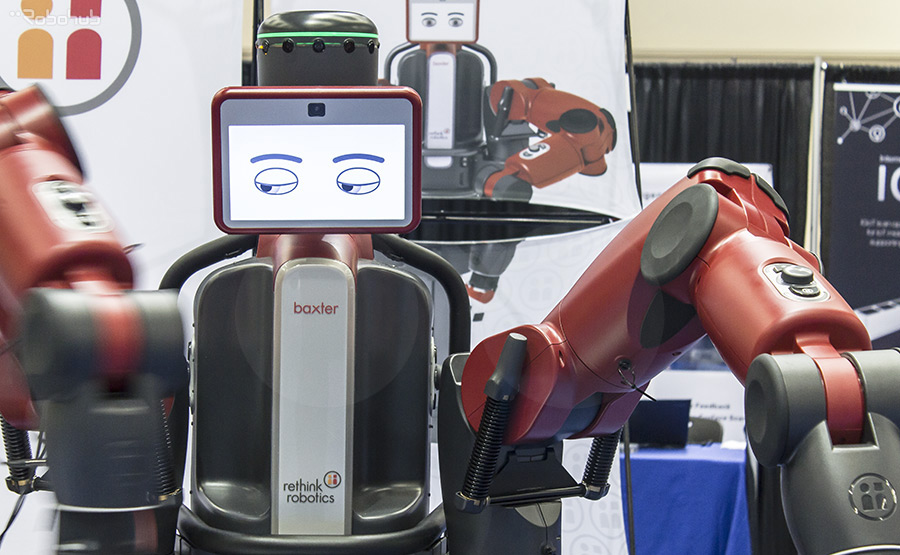
Baxter – Rethink Robotics
5 privately funded teams received exciting news from Google as they advanced to the final of the Lunar XPrize. To have a shot at $30 million in prizes, the teams must send a robot to the moon, move 500 meters across its surface, and send pictures back to Earth. Contestants have until New Years Eve 2017 to launch, so keep an eye out for developments throughout the year.
Robotics gets down to business
The new Advanced Robotics Manufacturing Innovation Hub (ARM) was awarded $250 million to fund its mission of revitalising American manufacturing by creating and deploying robotics technology. Headquartered in Pittsburgh, PA, the new institute is made up of governments, industry, academia, and non-profit organisations from across the country. Combined, they have contributed $173 million that will be fused with $80 million in federal funding.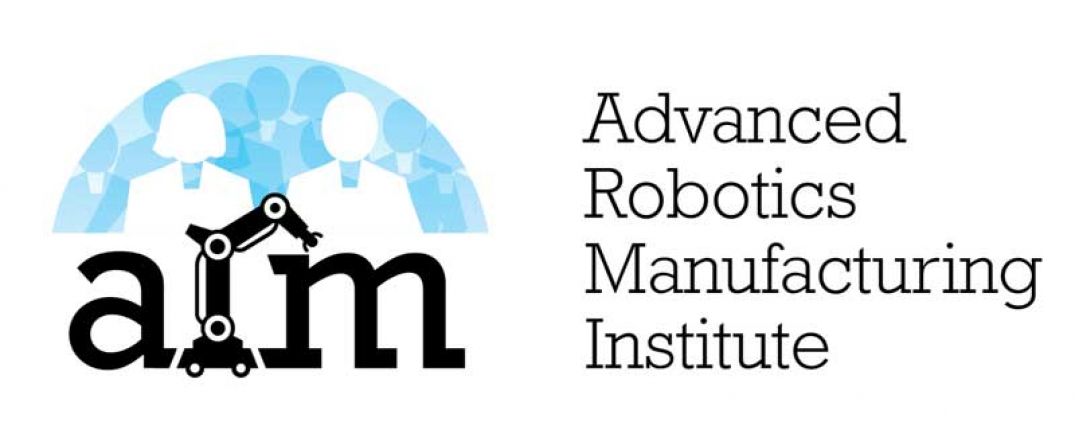
In the UK, Open Bionics announced a partnership with the NHS in a feasibility study to develop hands for amputees. Open Bionics is to be awarded to £100,000 through SBRI Healthcare, an NHS England initiative, as part of its new challenge to fund innovations that will support children living with disability and long term conditions.
Predicting 2017 and beyond
Robohub’s Sabine Hauert was on the panel for Brian Cox presents Science Matters. Experts discussed some key issues that will shape our future, and pondered questions such as: How and when will machines be able to explain themselves? Should we worry about an artificial intelligence advancements? Or, are there bigger and more imminent challenges presented by advances in machine learning?
The Royal Institute wasn’t the only organisation asking questions about the future of AI. The MIT Media Lab and the Berkman Klein Center for Internet and Society at Harvard University will serve as the founding anchor institutions for a new initiative aimed at bridging the gap between the humanities, the social sciences, and computing by addressing the global challenges of AI from a multidisciplinary perspective. Initially funded with $27 million from the Knight Foundation, LinkedIn co-founder Reid Hoffman, and others, the Ethics and Governance of Artificial Intelligence Fund’s mission is to catalyse global research that advances AI for the public interest, with an emphasis on applied research and education. The fund will also seek to advance public understanding of AI.
Further, a new study by the McKinsey Global Institute predicted that the march of automation will displace jobs more gradually than some alarming forecasts suggest. The institute, the research arm of the consulting firm McKinsey & Company, concluded that many tasks can be automated and that most jobs have activities ripe for automation, but the near-term impact will be to transform work more than to eliminate jobs.
Robots that learn
Bots_alive launched a Kickstarter campaign involving a smartphone kit that gives simple but lifelike autonomy to a popular RC toy, the Hexbug® Spider. The aim is to pioneer a new form of character AI. Much like motion capture for scripted animation, this new technique may revolutionise how interactive characters are created, through observation of authentic human-generated behaviour.
Elsewhere, employing the techniques that drove their Go playing AI to mastery, Google has developed machines that have learned for themselves how to perform simple tasks like opening doors. Google are keeping their lips tight on many aspects of their AI developments, but it’s likely they’ll be sharing more of their learning machines in 2017.
CES 2017
Las Vegas, Nevada, was fizzing with techno-buzz in January as CES 2017—the global consumer electronics and consumer technology tradeshow—kicked off in style, showcasing the latest innovations and ideas from some of the top companies on the planet.
The eHang 184 had Brad Templeton talking flying cars and the future of personal transport. Mercedes-Benz, meanwhile, showed its intricate vision for the future of deliveries in the form of the “Vision Van”. Their four-wheeled concept is designed to cut down on the amount of time it takes to sort packages for delivery as well as the actual delivery time, utilizing vans with roof-mounted autonomous drones, and robotic package-sorting devices to ferry packages from its vehicles. And Mercedes weren’t the only automotive giants sharing their vision for the future: Ford, Toyota, Hyundai and BMW were amongst others showcasing new concepts in self-driving technology.
But are robots ready to help? That was the question posed by CNET’s CES 2017 Robotics panel.
Autonomous cars updates
Away from CES, self-driving cars were tested for the first time on the streets of Britain in January. The portentous trial saw a two-seater LUTZ Pathfinder travel 1.25 miles (2km) through pedestrianised areas of Milton Keynes, reaching speeds of up to 15mph whilst having to cope with walkers and cyclists for the first time.
Tesla AutoPilot hit the headlines again in January. NHTSA released the report from their Office of Defects Investigation on the fatal Tesla crash in Florida during the spring of 2016. The ODI report ruled that Tesla properly considered driver distraction risks in its design of the product. It went even further, noting that drivers using Tesla AutoPilot (including those monitoring it properly and those who did not) still had a lower accident rate per mile than drivers of ordinary cars without autopilot. There was also a lot of press speculation swirling around a dashcam video of a car accident in the Netherlands. It showed a Tesla in AutoPilot hitting the brakes around 1.4 seconds before a collision occurred between two other cars. But Brad Templeton attempted to dispel the notion that the Tesla predicted the collision, pointing out that the vehicle merely responded to its radar system and the breaking of the car in front.
Social robots
The social robotics industry is on the rise. But early adopters be warned: It’s going to cost you. Ewaybot Technology’s MoRo robot assistant can grasp and handle objects around your home to help simplify your life, and empty your wallet of $30 thousand. One of the most advanced robotic debutantes at CES 2017, it’s princely price tag will likely limit its use to academic research, rather than domestic service, in the immediate future.
Catalia Health is also leading the surge in social robotics, with Mabu, their patient care management system. Mabu is a cute little robot who engages patients through conversation in an effort to support Catalia’s focus on helping patients adhere to their treatment, whether that be taking medication, or managing chronic disease over the long term. Such systems, augmented with cultural awareness and good bedside manner, are great news for ameliorating the elderly healthcare crisis, according to academics. An international team is working on a £2 million project to develop versatile robots to help look after older people in care homes or sheltered accommodation. The robots will offer support with everyday tasks, like taking tablets, as well as offering companionship in an effort to alleviate pressures on care homes and hospitals.
Drones and the government
An effort is underway, led by the Campaign to Stop Killer Robots, aimed at tackling the threat to civilians posed by fully autonomous weapons systems. The Campaign is calling for an international treaty pre-emptively banning the development, production, and use of such weapons. Is this a predictor of a growing movement against this new generation of decision making drones?

An Air Force Special Operations Logistics Readiness Squadron refuels an MQ-9 Reaper during Exercise Emerald Warrior at Hurlburt Field, FL on May 9, 2016. Credit: Staff Sgt. Paul Labbe / USAF
The Hill took offered a more optimistic interaction between drones and government, outlining 3 ways the Trump administration can help the drone industry “take off”. Some have predicted that the USA’s domestic UAS industry will grow to be an $82 billion market while creating more than 100,000 new jobs. And the FAA recently estimated that by 2020, 11 million commercial drones will have been sold in the United States. So how can Trump help?
- Enable the growth of commercial drones through expansion of the operating envelope.
- Streamline policymaking through coordinated government approach.
- Enhance government-industry collaboration.
We’ll see if he takes the advice on-board.
Drones and consumers
January was a tough time for the consumer drone industry: Parrot struggled, and Google closed its Titan Project as the drone industry appeared to disunite. But, arguably, none had it harder than failed drone startup Lily. The Silicon Valley startup, with a stylish camera drone and presentation, announced that although it had $34 million in pre-sales, it couldn’t get additional funds to meet production demands and was closing down. Bad news after bad, a Forbes article stated that law enforcement agents had raided the company’s San Francisco headquarters for a potential criminal investigation against the company. Doubtless, this isn’t the last we’ll hear of Lily’s legal woes.
On the humanitarian side, a passenger drone, which completed its first flight over low terrain in November, could be in use by 2020. Developed over 15 years for rescue or military use, the $14 million Cormorant (formerly AirMule) can carry 500kg at 185km/h. Urban Aeronautics says internal rotors make it safer than a helicopter. And as well as taking off and landing vertically, it can fly between buildings and below power lines!
Agriculture and robotics
Multiple research reports forecast significant overall growth in the agricultural robotics industry over the coming years, even decades. Grace Market Data predicts the global agricultural drones market to grow phenomenally at 37.1% per annum by unit shipment, and 28.9% yearly by annual sales revenue generated from agricultural UAV hardware, drone software and servicing section over the next ten years.
John Payne outlined how augmented reality technology can help farmers stay relevant, and augment the introduction of robotic technology on farms, worldwide. In another article, John introduced the concept of regenerative agriculture working in harmony with robotics and automation.
And finally… picture this:
Robohub’s Kassie Perlongo was on the convention floor at CES 2017, and you can see what she saw in her gallery article #CES2017 in pictures. Meanwhile, design innovators After the Flood introduced us to the Robot Life Survey: An alternative history series that visualises Boston Dynamic’s Big Dog, Prox Dynamics’ Black Hornet Nano, and Harvard University’s Kilobot Swarm as if witnessed by an early explorer.
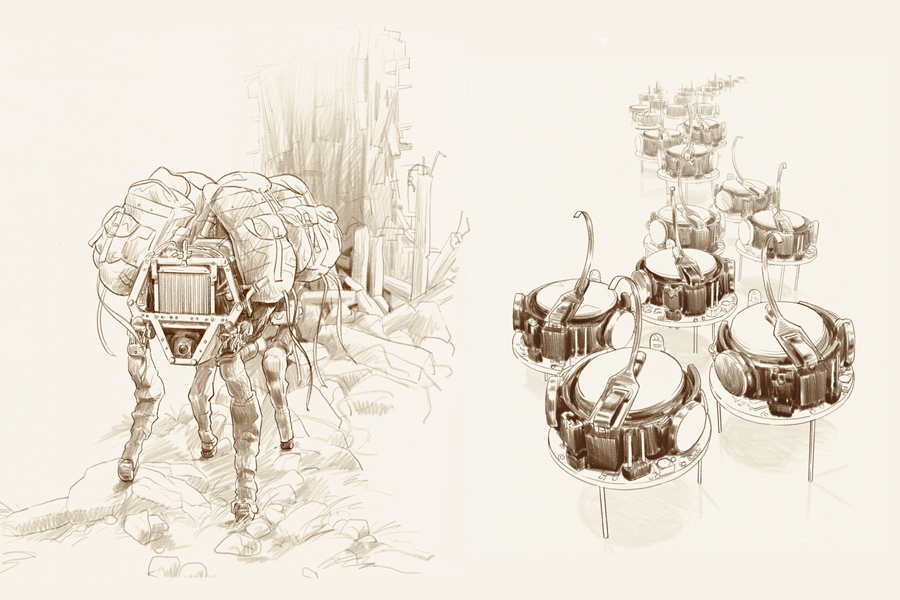 First-time contributor Alistair Wick offered a fledgeling computer scientist’s guide to inverse kinematics, complete with codes and illustrations.
First-time contributor Alistair Wick offered a fledgeling computer scientist’s guide to inverse kinematics, complete with codes and illustrations.
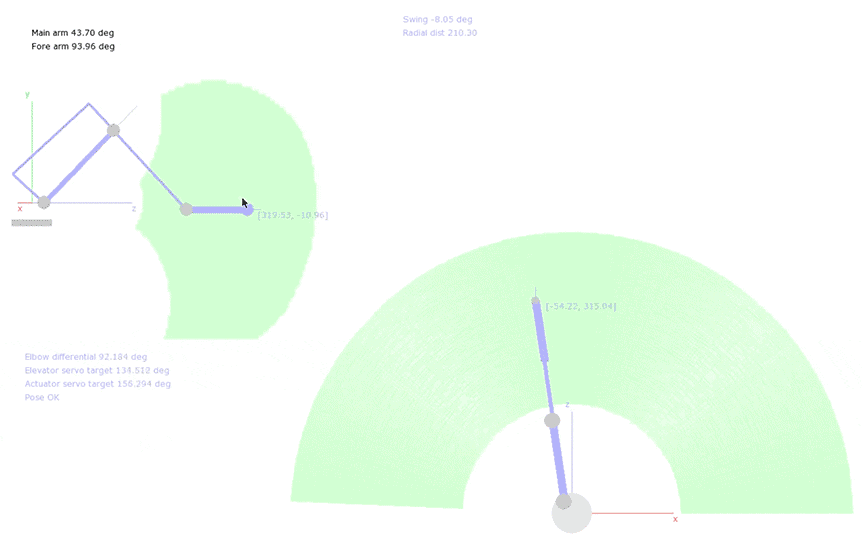 The BBC released Spy in the Wild in January. The series employs robots mounted with cameras, disguised as wildlife, to bring audiences up close and personal with wildlife.
The BBC released Spy in the Wild in January. The series employs robots mounted with cameras, disguised as wildlife, to bring audiences up close and personal with wildlife.
Upcoming events for February – March 2017
IEEE- International Conference on MECHATRONICS: February 14-17, Gippsland, Australia.
MIT Tech Conference: February 18, Cambridge, MA.
Robotics Alley: February 28-March 1, Minneapolis, MN.
Conf on Human-Robot Interaction: March 6-9, Vienna, Austria.
Age of Drones Expo: March 14-15, Hamburg, Germany.
European Robotics Forum: March 22-24, Edinburgh, Scotland.
tags: #CES17, #WEF17, CES 2017, Robohub Digest, WEF 2017






